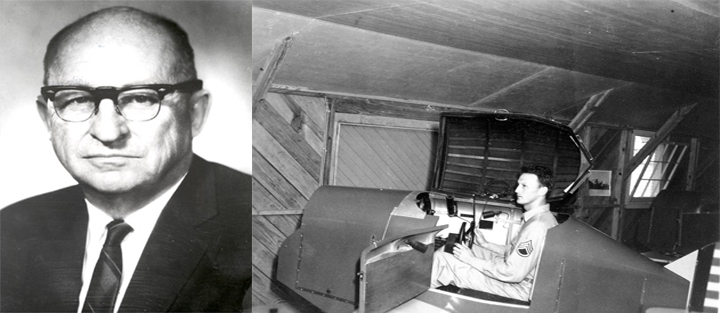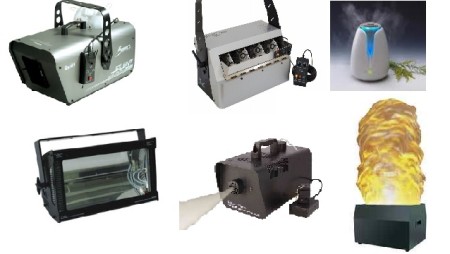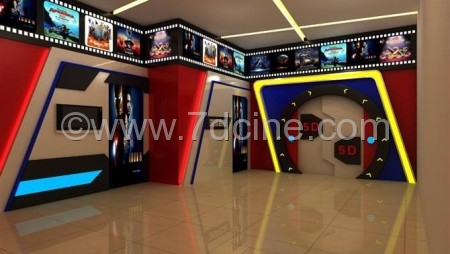VR equipment in the 20th Century
In 1929 Edward Link created the “Link trainer”, probably the first example of a commercial flight simulator, which was of course entirely electromechanical. Such was the need for safer ways to train pilots that the US military bought six of these devices for $3500. In 2015 money this was just shy of $50 000.

Left: Edward Link, Right: The Link Trainer
In the 1930s a story by science fiction writer Stanley G. Weinbaum (Pygmalion’s Spectacles) contains the idea of a pair of goggles that let the wearer experience a fictional world through holographic, smell and touch. In hindsight the experience Weinbaum describes for those wearing the goggles are uncannily like the modern and emerging experience of VR equipment, making him a true visionary of the field.
In the 1950s cinematographer Morton Heilig came up with the Sensorama. Basically, it was a collection of technologies built into the theatre that would stimulate all the senses, not just sight and sound. Using stereo speakers (yes this was a new thing), stereoscopic displays, fans, smell generators and motorized chairs the Sensorama was intended to immerse audiences in the film. Heilig even came up with the iconic idea of a head-mounted display (HMD), albeit for the non-interactive film medium. Cementing Heilig in the VR equipment history books. The video below is an interview with Morton about the Sensorama.
If you want to know more about vr, please leave your message, we will contact you as quickly as possible. [contact-form-7 id=”3620″ title=”Contact form 1″]



